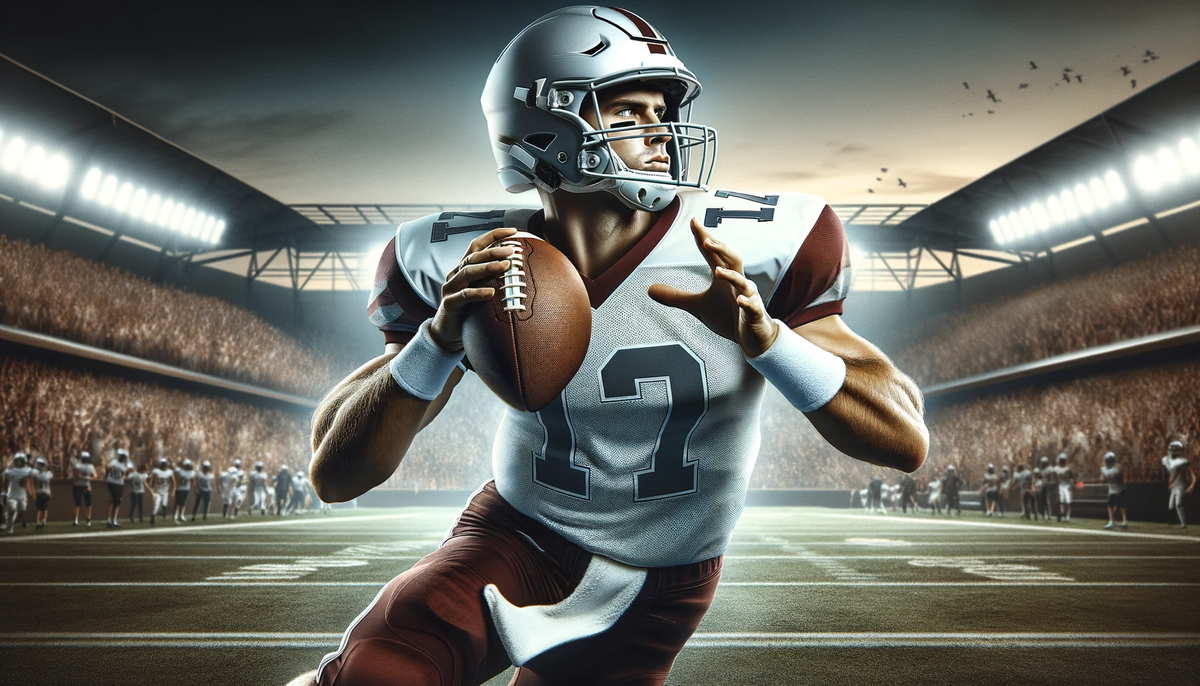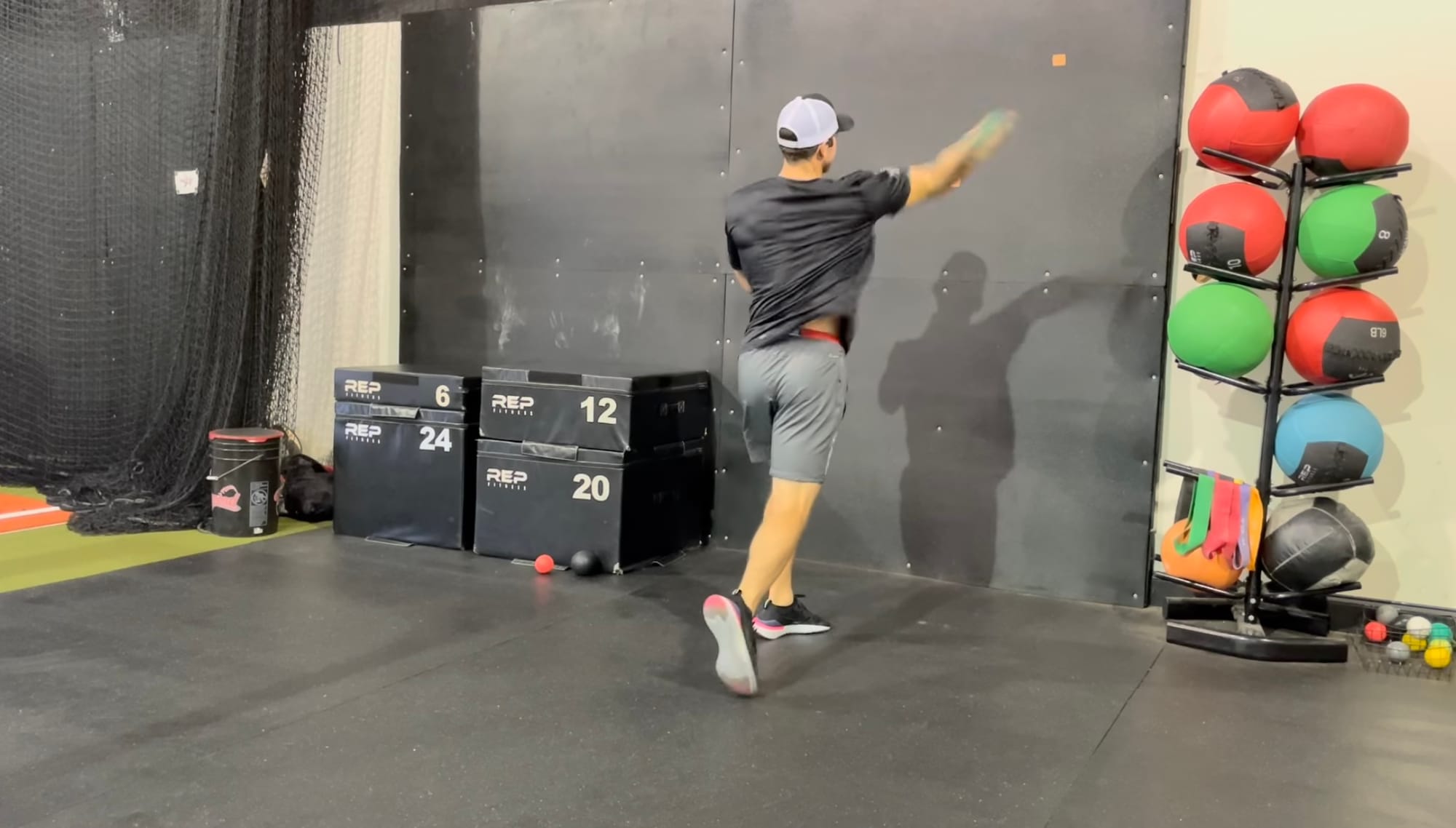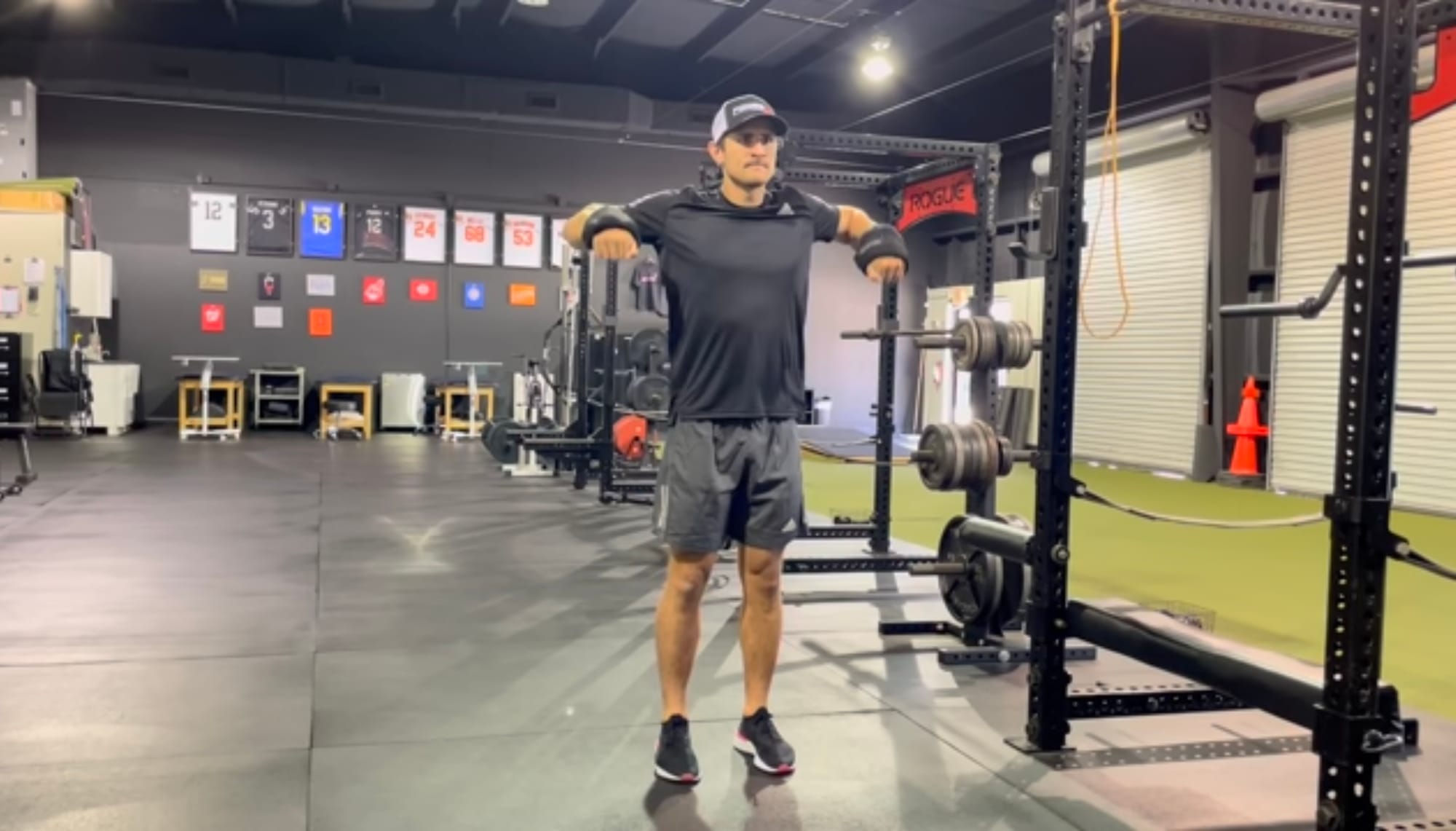How NFL Quarterbacks Structure their Offseason Throwing Program (Part 2)

Sean Parker has a famous quote that says, “Running a start-up is like eating glass. You just start to like the taste of your own blood.” You can switch “running a start-up” to “playing NFL quarterback” and that quote holds true. The quarterback position is hard. It requires a consistent commitment, day in and day out, of doing the little things that are not fun, tasting some blood. Everyone sees the touchdowns, and no one sees the hours in the film room, the weight room, or any of the work I will mention in this blog. Granted, every quarterback is not as rigorous in their offseason as what I describe below, but the ones who are will eventually hit the upper bound of their God-given potential and look back with no regrets, knowing they emptied the tank.
Part of maximizing your potential is having a system and structure to how you throw. The blog below will explain key throw specific training elements of an offseason as an NFL QB, from arm sequencing with plyometric balls, to pre and post throw protocols, to arm care. It will explain what each of these are and the science behind them. Part one of this blog series is here and covered volume undulation and when and how to integrate game-like throwing drills.
If you're interested in receiving throwing, lifting and sprint training, customized to you, with the same systems used to train NFL Quarterbacks, take the assessment and get the app at kinetex.co. If you're interested in reading about all things quarterbacking and throwing biomechanics, subscribe to the blog.
Plyometric Throwing Exercises
What it is:
Basically, you are throwing various weighted balls, ranging from 150g to 1000g, in the same way you throw a football, except at a wall from point-blank range. There are slight variations in which plyometric throwing exercises to employ based on each specific thrower's deficiencies, but simply put, you're working on the proper biomechanical sequence and constraining different parts of the throwing motion to isolate each part of the throw. This is the secret sauce that enacts positive change in a throwing motion and I would not be in the NFL if I had not discovered this.

Science behind it:
In this blog.
Pre and Post Throw Protocols
What it is:
You do not simply just pick up a ball and start throwing at the highest level, nor do you walk off the field afterward and call it a day. In the NFL, you have work before and after, every single time you throw.
Pre-Throw: This is a set of exercises that prep the tissue, and help sequence up your throwing motion. This begins with myofascial release via a foam roller and a lacrosse ball on your lat, trap, legs, etc. Then you hit various thoracic spine rotational exercises, as t-spine rotation is vital for hip shoulder separation while throwing. Next is a set of banded exercises to get your lat, trap, cuff, etc., firing in preparation to throw. Lastly, you sequence your throwing motion by hurling weighted balls at a wall as previously discussed.
Post-Throw: The post-throw plan works to re-stabilize and flush the arm so your arm feels good for the next session. This involves mostly isometric exercises, e.g., use of a perturbation stick, and has roughly five different movements and exercises associated with it.
It should be noted that both pre and post-throw are separate entities from arm care.

Science Behind It:
Pre Throw: Read this blog.
Post Throw: The goal of post-throw is to provide a co-contraction stimulus of the rotator cuff, peri-scapular, and forearm musculature that helps stabilize the joints and apply force absorption stimulus after aggressive end range activity. Also, as new ranges have been promoted through dynamic throwing, end range isometrics help develop control in those positions. Finally, the goal of post-throw is to provide added blood flow and low level stimulus to the tendon and muscle to start the recovery process of tissue.
Arm Care
What it is:
Arm care has three forms and keeps your arm strong, resilient, and fresh throughout the offseason. The three types of arm care are eccentric, isometric, and dynamic, and all three are done at calculated times during the week. Each type consists of ~8 exercises and takes about 15 minutes to do. The science section below will flesh these out in greater detail, but I’ll go through each one and give my perspective.
Eccentric: Eccentric emphasis on a lift means you slow down the lowering phase, and this generates more strength. Each exercise in this session of arm care works to strengthen the muscles involved in throwing from your lat to your cuff to your forearm. An example exercise is an eccentric only external rotation. You will be straining throughout and embracing the pain.
Isometric: Isometric arm care = long holds. You are holding, for extended periods of time, various positions with bands, or weighted cuffs to stabilize the muscles involved in throwing. Why do it? Because your muscles, specifically in your back, all work to decelerate your arm when you finish a throw. At the end of the week, these muscles are stretched from the week of work. Isometric arm care re-stabilizes these muscles so you can maintain proper biomechanics the next week. An example exercise is a “back burner” and yes, it burns.
Dynamic: These are light and quick exercises to flush the muscles in your arm. An example exercise is a Cuban press with 4-pound cuff weights on your wrists. High rep, low intensity, and the easiest of the three arm cares. This is done in the middle of the week typically.

Science behind it:
The goal of any training prescription is to provide adequate stimulus that is required for a specific adaptation. Each contractile focus of tissue has a slightly more biased mode of adaptation. For eccentric stress, there are large amounts of muscle damage, and greater demands placed on the muscle and tendon itself; significantly skewing toward maximal strength and tissue resilience (thickness and stiffness).
Isometric contractions promote control in end ranges, are less fatiguing, and have some evidence of providing analgesic effects for tendons.
Finally “normal” tempoed dynamic contractions help improve rate of force development and apply consistent stress and strain volumes without providing large amounts of muscle damaging stimulus. The ability to use all three phases at different rates and frequencies depending on the arm care goals, training phases, and in/off-season demands allows for a good undulation of stressors while promoting dense and comprehensive arm care.
Conclusion
In wrapping up, mastering the quarterback position demands an unwavering commitment to the unseen. The touchdowns and spotlight moments are just the tip of the iceberg; the real work happens in the meticulous, often monotonous routines of plyometric exercises, pre and post-throw protocols, and diligent arm care. These elements boost the trajectory of a quarterback's career, ensuring you realize your full potential.
** This blog was written in the summer of 2023 in tandem with Dr. Tom Gormely. My focus is currently on the 2023 season.
If you're interested in QB specific throwing, lifting and sprint training, customized to you, with the same systems used to train NFL Quarterbacks, take the assessment and get the app at kinetex.co. If you're interested in reading about all things quarterbacking and throwing biomechanics, subscribe to the blog.
